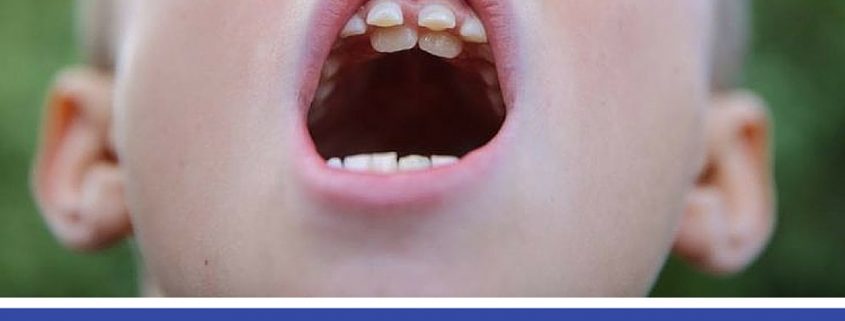What is hyperdontia

What causes hyperdontia?
Although researchers haven’t been able to pin down a definite cause, many feel that environmental causes and family genetics are to blame. However, they are not sure what elements of the environment are responsible for hyperdontia. It can happen to anyone, but people with Gardner’s syndrome, cleft lip, or down syndrome seem to be more prone to it. And of the affected population, males are affected more than females at a ratio of two to one. In most cases, there is a single extra tooth.
Researchers do know how it happens though. During the first stages of development, a tooth bud can split, essentially creating a copy of itself. Both halves of the tooth bud will mature, resulting in duplicate teeth. Hyperdontia is much more common in permanent teeth than primary teeth.
Complications with hyperdontia
There are 20 primary teeth, and 32 permanent teeth. That’s just how our mouths have evolved. Many people have to have their wisdom teeth removed because they don’t have room for them, or they’re positioned incorrectly. Supernumerary teeth can come in underneath, or in-between permanent teeth. They may also be misshapen, or more prone to decay. And even though the extra teeth may never break the skin, they can still cause a variety of problems:
- Dental crowding – this can make it difficult to eat normally
- Keeping permanent teeth from erupting correctly, or at all
- Fusing with permanent teeth
- Tumor or cyst formation
Treatment for hyperdontia
It’s important to take your child to their regularly scheduled dental checkups, especially since hyperdontia is easily discovered during a dental exam. Treatment will depend on the location of the tooth, whether it’s primary or permanent, and whether it has erupted or not. In most children, it’s not necessary to surgically remove an extra primary tooth, as it will fall out on it’s own. Permanent teeth will most likely need to be extracted. Your dentist will determine the best course of action, as the extra tooth may need to be cut and removed in pieces. Or an orthodontic method may be required to ensure the surrounding teeth have room to erupt properly.
Are you concerned that your child may have an extra tooth? Call Dr. Chauvin to set up an appointment!



